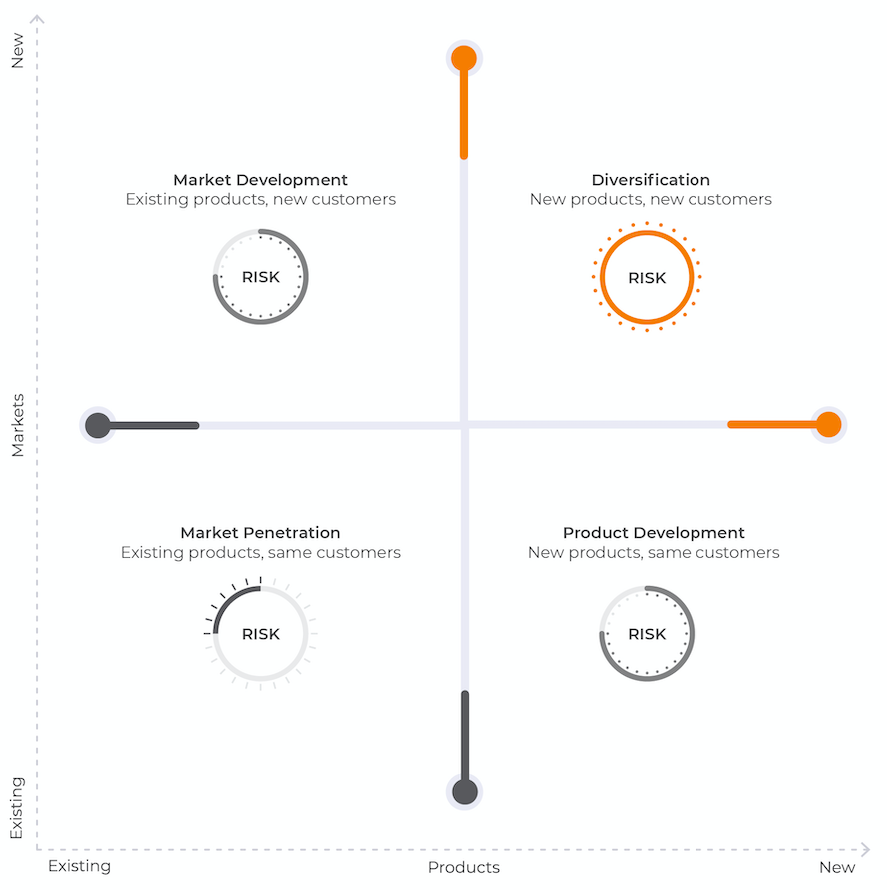For the rest of the world, the existence of 1.16 billion people, constituting 15 percent of the global population, has ceased to matter as they suffer from some form of disability. Their social and economic exclusion is well entrenched, fuelled by the misconception that they bring little value to the economy. According to the International Labour Organization, the cost of exclusion of persons with disabilities (PwDs) could be as high as 7 percent of the GDP. Considering India’s GDP of USD 3.05 trillion in 2021, this represents a lost opportunity of over USD 210 billion[1].
The global assistive technology (AT) market – reflecting the needs and aspirations of the PwDs – is brimming with opportunities. Research estimates that the AT market will reach USD 31 billion by 2024, a rise of more than 200 percent from USD 14 billion in 2015, with an annual growth rate of 7.4 percent .
India’s AT market too is at an inflection point. The World Bank’s estimate of around 80 million Indians suffering from disability debunks the illusion of a small market overrun by competitors. This erroneous belief of limited opportunities has long dissuaded entrepreneurs from entering the sector.
Today, an inclusive and nuanced understanding of what comprises disability has created a massive opportunity for entrepreneurs building products for PwDs. The AT market includes visual impairment, neurological disorders and learning disabilities, locomotor limitations, and speech and hearing impairments.
However, entrepreneurs can go beyond the traditional boundary of the disability market to tap into a much bigger user base, also called the Total Addressable Market (TAM), by following the strategies listed below:

1.Market Development – Existing Products, New Customers
Founders modifying their existing products or adding new features can attract a new set of customers. This can be done in one of the following ways:
- Expanding to the geriatric segment: With an ageing global population and rise in non-communicable diseases, it has been estimated that more than 2 billion people will need at least one assistive product by 2030, with many older people needing two or more.
Mumbai-based startup myUdaan has created an uberised model of mobility assistants to promote independent living among the disabled and the elderly, and address issues of mobility and accessibility.
- Using the same product in different industries: Through product enhancements, an assistive device can have applicability in multiple industries.
Synersense has developed their flagship product Gaitsense - a smart wearable medical device that provides pathological gait analysis for people suffering from orthopaedic and neurological disorders. This has extended applications for people in the army and athletics to aid rehabilitation, assess injuries and measure performance.
- ‘Reverse inclusion’: Founders building assistive technologies can expand to larger markets by accommodating non-PwDs:
Dextroware is a perfect example, demonstrating this utility through Mouseware, a wearable device which helps people with upper-limb disabilities to use their head movements as mouse coordinates on the computer screen. It has functionalities which can benefit white collar employees suffering from repetitive stress injuries caused by stagnant postures and limited movement.
2.Market Penetration – Existing Products, Existing Customers
An aggressive sales strategy can work wonders for a product. This, however, requires building unique customer relationships, a strong sales team, and a brand strategy.
Inceptor Technologies had developed its flagship product, Braille Me – a braille tablet for the visually impaired to read and write in braille digitally. The team commercialised the product through the B2B route to attain mass deployment. The founder’s sales execution, coupled with a keen understanding of customers in the segment, helped the company to scale rapidly to 12+ international frontiers.
3.Product Development – New Products, Same Customers
Founders can win over existing customer bases with new products that promise a significant improvement in user experience and quality of living. However, scaling up such a product would require sensitising users into paying a higher price.
Vispala has created a body-powered prosthetic called iGrip, enabling upper-limb amputees to perform daily activities with remarkable ease. The company’s latest offering eFlex, a myo-electric hybrid prosthetics, comes at a slightly increased cost but with greater functionalities.
4.Diversification – New Products, New Customers
Sometimes startups move away from their comfort zone to devise new solutions for other forms of disability.
Flexmotiv started off as a company developing highly functional crutches to aid independent living among the locomotor-disabled. However, they are now adding a full range of mobility aids in their portfolio. Recently, they have also launched Transito, an electrically operated device that allows people – confined to the bed or wheelchair – to sit and stand without any assistance."
Conclusion
What the AT market needs right now is a shift in societal mindset followed by a deeper exploration of the possibilities that the sunrise sector spawns. There is money to be made since PwDs collectively influence USD 8 trillion of disposable income. This, coupled with social impact, is a big incentive for entrepreneurial thinking. There is room for everyone, where potential enterprises can work towards sustainability and scalability.
